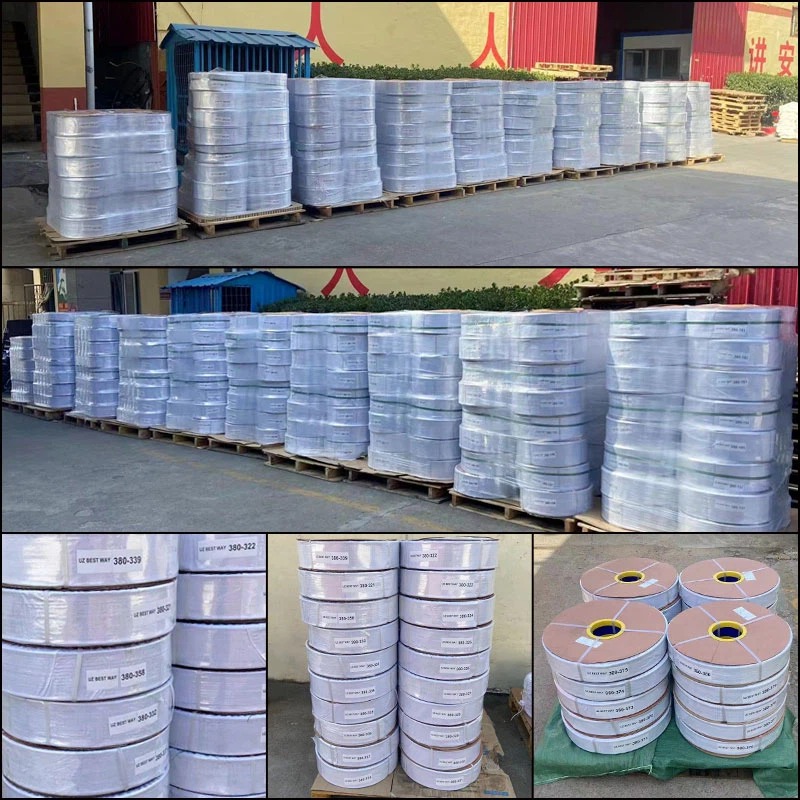Technical Notes For Drip Irrigation Belt Greenhouse
At present, with the continuous development of the economy, many fields will choose to use drip irrigation belts when watering, and this equipment can be regarded as a relatively water-saving irrigation method. With its own advantages, it is also deeply loved and recognized by users. , but there are certain requirements and matters when using it, so as to ensure that the equipment can exert the corresponding use effect. Today we mainly look at the precautions for the greenhouse technology of the equipment.
(1) Install the drip irrigation system to ensure that the control area of each section of the main pipe basically does not exceed half an mu of land, and at the same time, the ground in contact with each hose is flat to ensure smooth water flow.
(2) The holes in the drip irrigation belt are usually laid upwards and used after being covered with plastic film. If not covered with plastic film, the holes of the equipment can be laid down.
(3) Use clean water. There should be no suspended matter larger than 0.8 mm in the water, otherwise a mesh filter should be added to purify the water. Tap water and well water are usually not filtered.
(4) During installation and field operation, beware of scratching, puncturing the drip irrigation belt or the supervisor.
(5) After fertilization, continue to irrigate with clean water for a period of time to prevent the accumulation of chemical substances in the orifice and block the orifice.
(6) In order to prevent the accumulation of sediment and other impurities in the pipe and cause blockage, the drip irrigation belt should release the tail of the equipment and the main pipe one by one, and increase the flow to flush.
(7) When changing stubble, remove the equipment and keep it in a cool place.
To sum up, these are the precautions for the drip irrigation belt greenhouse technology. We need to pay attention to the methods and requirements when using it at any time, so as to ensure that the equipment can be used intact in different fields and will not be used. If a problem occurs, of course, there are certain matters and requirements when using it. After use, we also need to carry out some corresponding operations, so as to ensure that the equipment can be intact when it is used next time. Follow the corresponding steps to extend the service life of the equipment.




